

Johns Hopkins University (JHU) continues to pad its space community résumé with their interactive map, “The map of the observable Universe”, that takes viewers on a 13.7-billion-year-old tour of the cosmos from the present to the moments after the Big Bang. While JHU is responsible for creating the site, additional contributions were made by NASA, the European Space Agency, the National Science Foundation, and the Sloan Foundation.
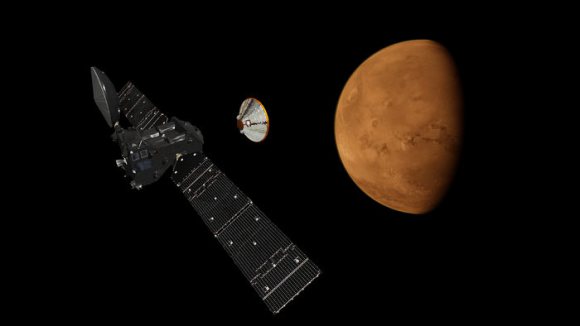
Artist concept
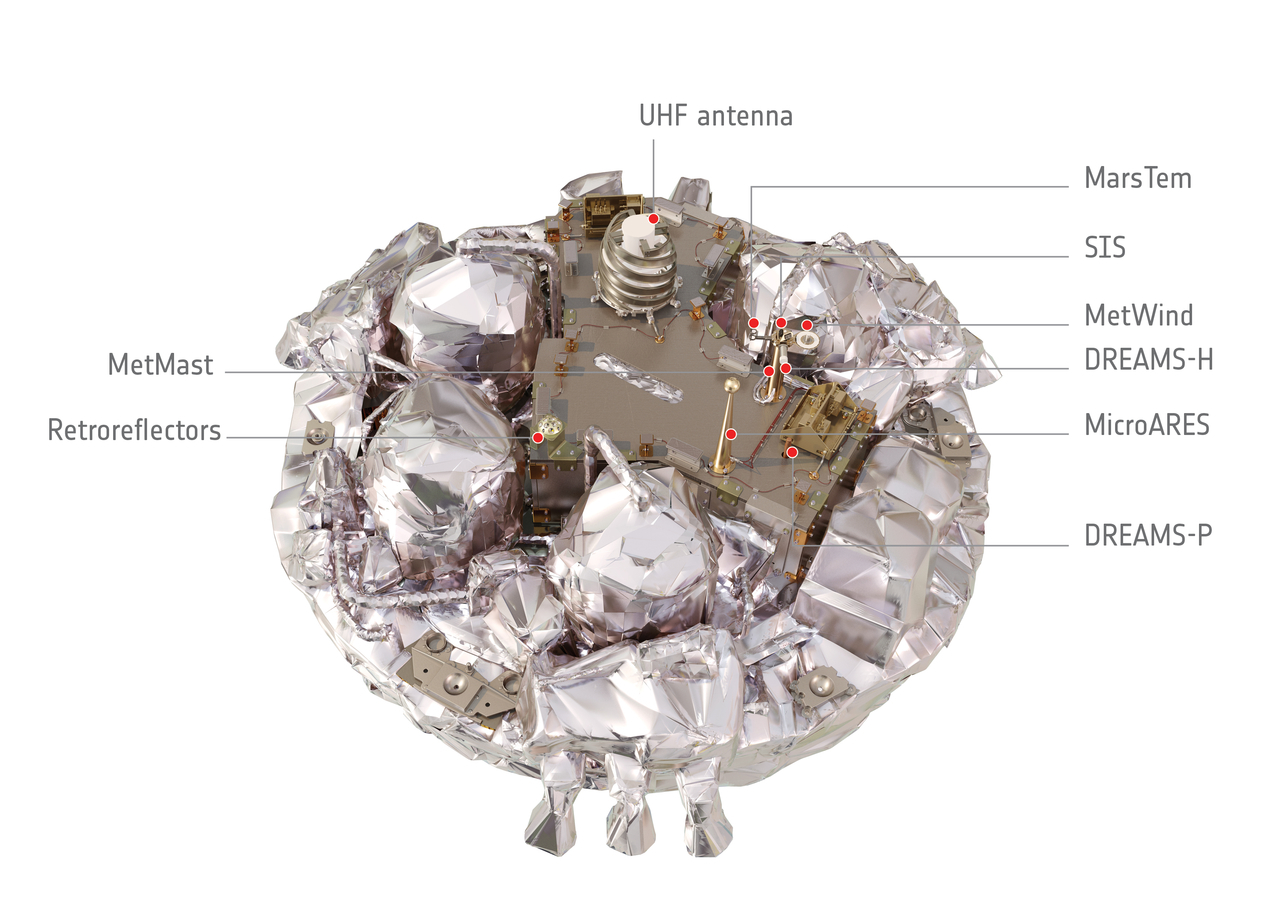
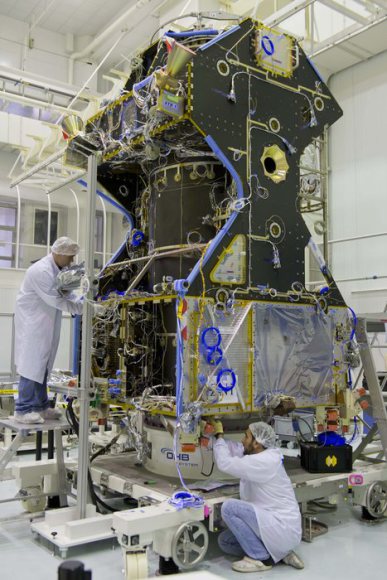
The ExoMars Trace Gas Orbiter in the lab. Image credit: ESA
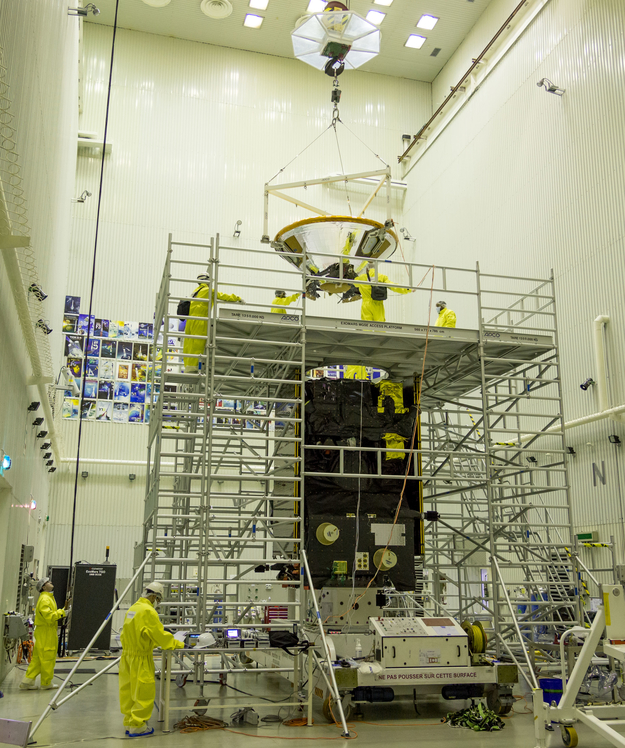
ExoMars Schiaparelli lander being mated with the Trace Gas Orbiter on 12 February 2016. Credit: ESA – B. Bethge Earth’s lone mission to the Red Planet this year has now been assembled into launch configuration
and all preparations are currently on target to support blastoff from Baikonur at the opening of the launch window on March 14, 2016.
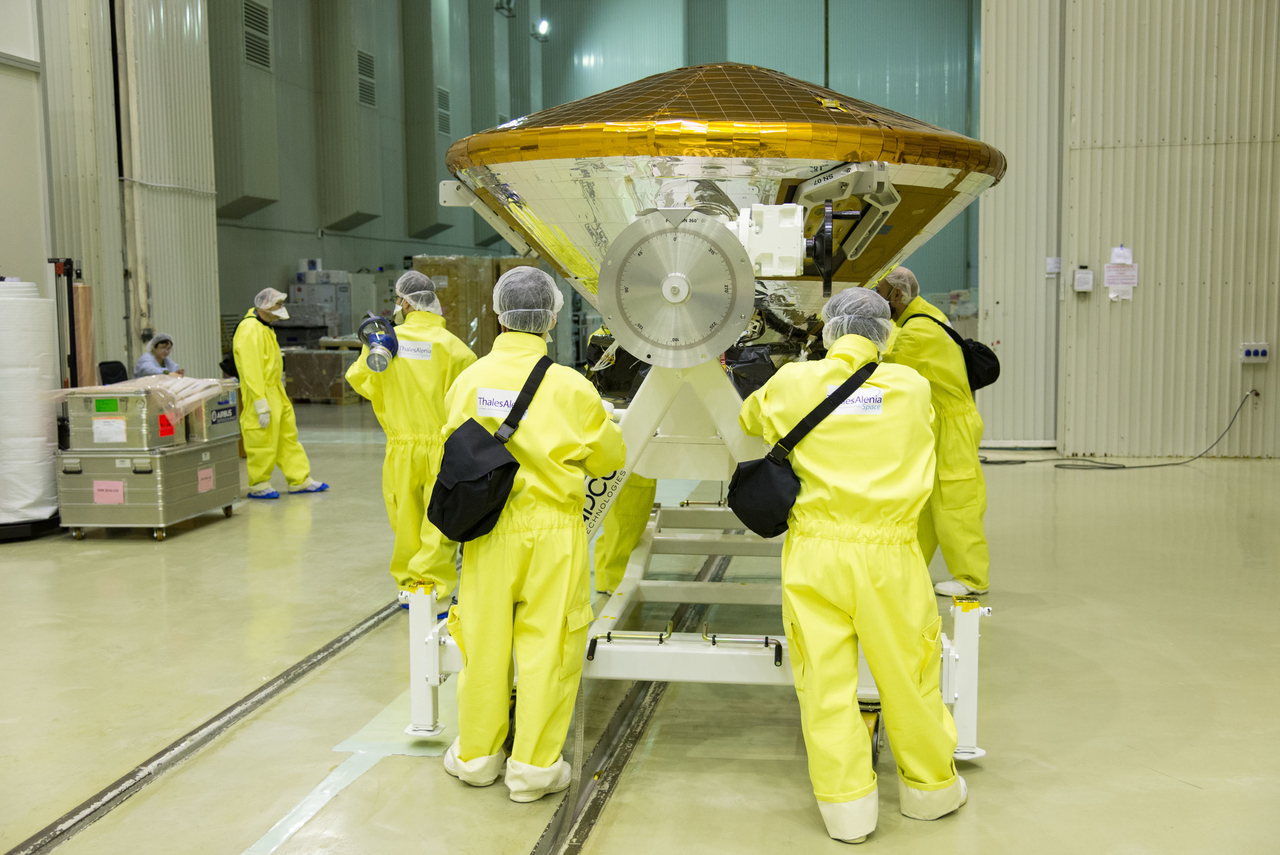
The ExoMars 2016 entry, descent and landing demonstrator module, Schiaparelli,
being transported from a cleanroom to the fuelling area, in the Baikonur cosmodrome,
where it will be united with the Trace Gas Orbiter on 12 February 2016.
Copyright: ESA – B. Bethge
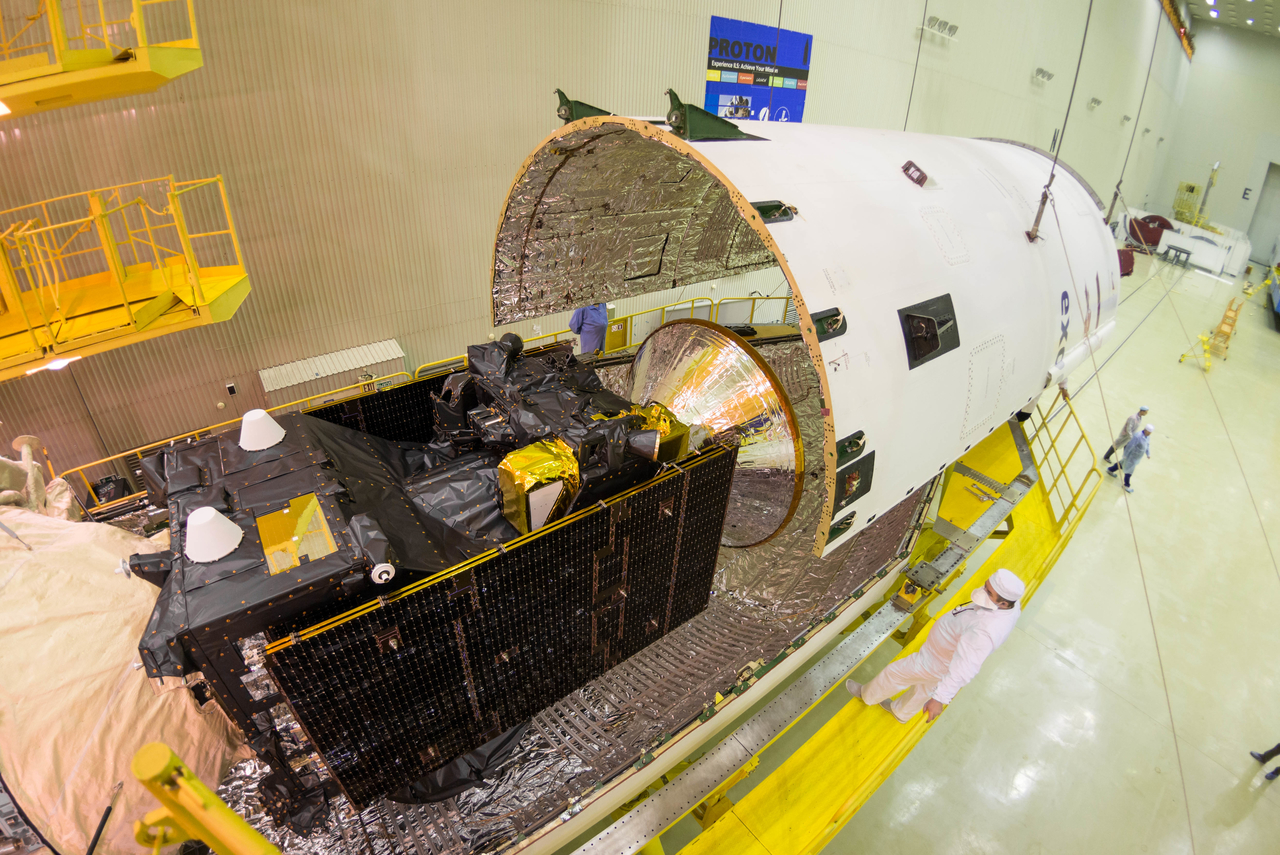
The ExoMars 2016 spacecraft composite, comprised of the Trace Gas Orbiter and Schiaparelli,
seen during the encapsulation within the launcher fairing at the Baikonur cosmodrome in Kazakhstan.
Launch to Mars is slated for March 14, 2016. Copyright: ESA – B. Bethge
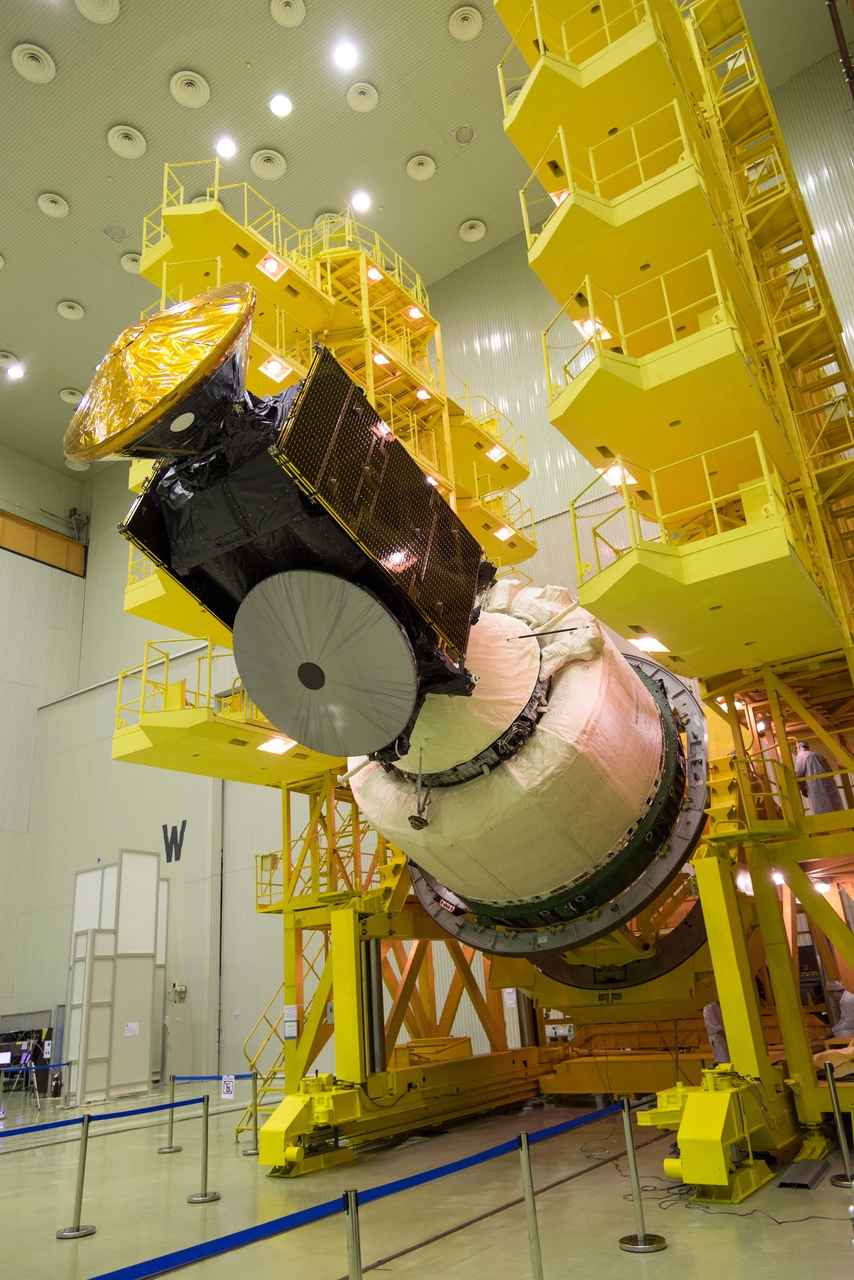
Tilting the ExoMars 2016 spacecraft and Breeze upper stage into the horizontal position
in preparation of encapsulation within the launcher fairing at the Baikonur cosmodrome in Kazakhstan.
Launch to Mars is slated for March 14, 2016. Copyright: ESA – B. Bethge

The first phase of the European-led ExoMars mission is scheduled to launch toward the Red Planet Monday (March 14) at 5:31 a.m. EDT
(0931 GMT) atop a Russian Proton-M rocket from Baikonur Cosmodrome in Kazakhstan.
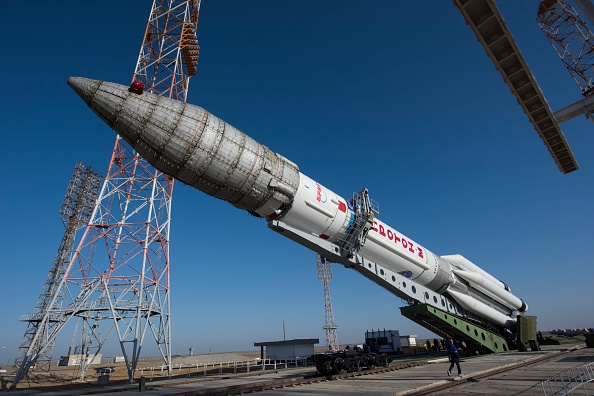
ExoMars, a two-phase astrobiology mission that will search for evidence of life on the Red Planet,
will launch on Monday, Mar 14, from the Baikonur Cosmodrome in Kazakhstan.
(Photo : Getty Images)
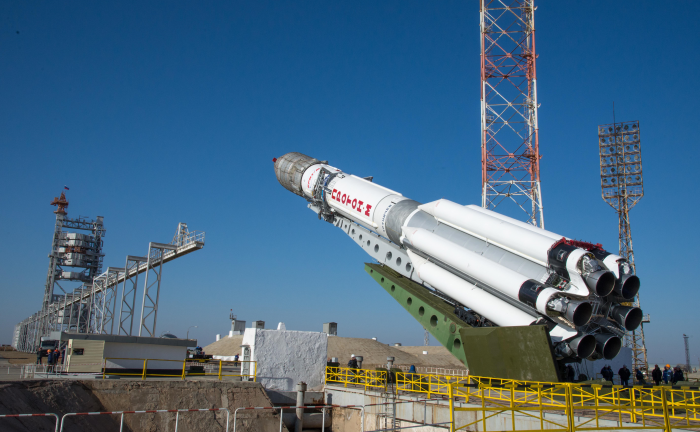
Proton rocket and ExoMars 2016 spacecraft rolled out to launch pad at the Baikonur cosmodrome, Kazakhstan Copyright: ESA – B. Bethge
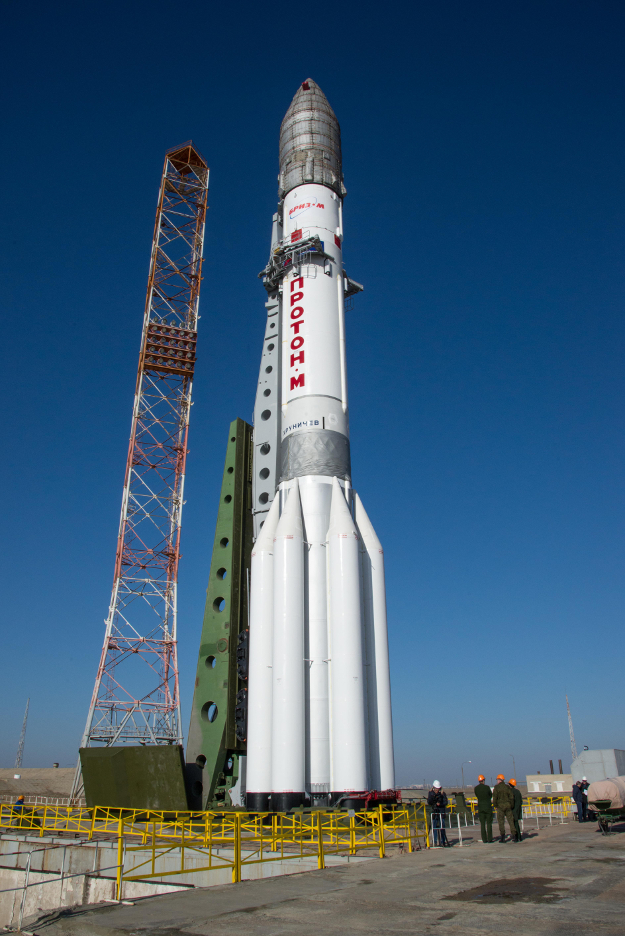
Proton rocket and ExoMars 2016 spacecraft stand vertical at the launch pad at the Baikonur cosmodrome, Kazakhstan Copyright: ESA – B. Bethge
Published on Nov 28, 2016 Experts wait in anticipation for the launch of the ExoMars mission, a joint venture between ESA and Rocosmos. ➡ Subscribe: ➡: Watch all clips of MARS here ➡ MARS AIRS MONDAYS 9/8c. ➡ Get More MARS: About MARS: From executive producers Brian Grazer & Ron Howard, MARS is an epic series following a thrilling quest - in 2032 - to colonize Mars. In a unique blend of scripted drama and feature-film caliber visual effects, intercut with documentary sequences, the series presents what the greatest minds in space exploration are doing to make traveling to Mars a reality, and shows us the world they seek. Get More National Geographic: Official Site: Facebook: Twitter: Instagram: About National Geographic: National Geographic is the world's premium destination for science, exploration, and adventure. Through their world-class scientists, photographers, journalists, and filmmakers, Nat Geo gets you closer to the stories that matter and past the edge of what's possible. The Launch of ExoMars | MARS National Geographic Category Entertainment License Standard YouTube License
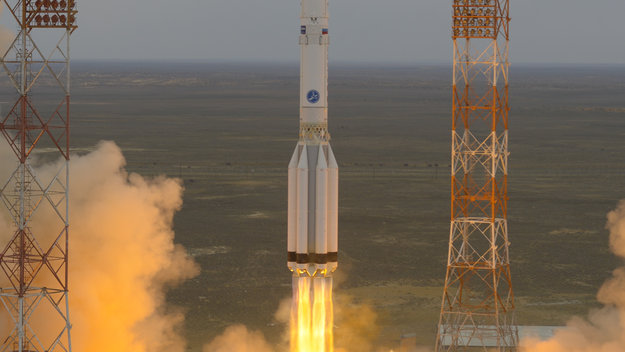
14 March 2016 The first of two joint ESA-Roscosmos missions to Mars has begun a seven-month journey to the Red Planet,
where it will address unsolved mysteries of the planet’s atmosphere that could indicate
present-day geological – or even biological – activity.
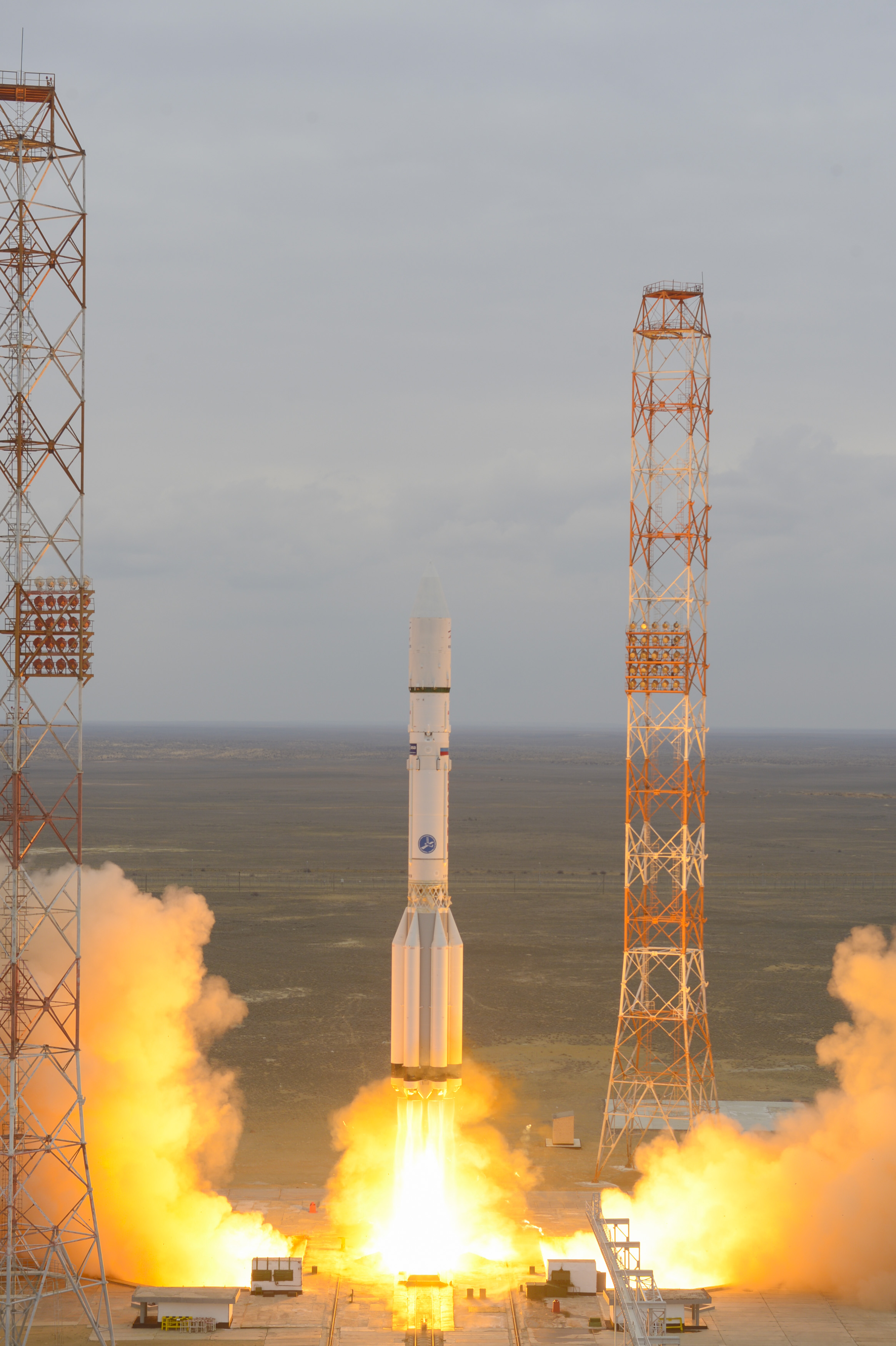
ExoMars 2016 lifted off on a Proton-M rocket from Baikonur, Kazakhstan at 09:31 GMT on 14 March 2016.
Copyright ESA–Stephane Corvaja, 2016
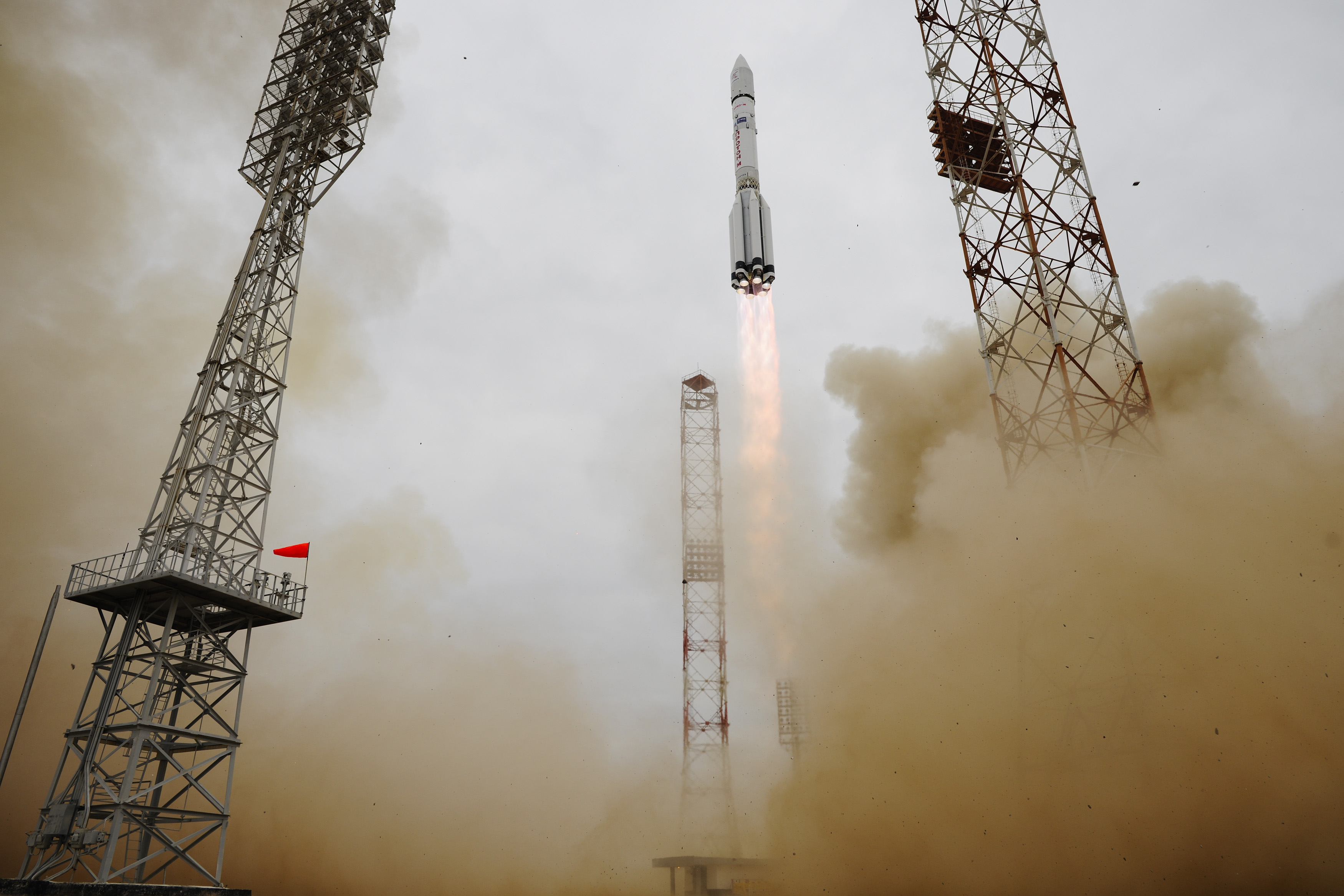
ExoMars 2016 lifted off on a Proton-M rocket from Baikonur, Kazakhstan at 09:31 GMT on 14 March 2016.
Copyright ESA–Stephane Corvaja, 2016
Published on Mar 14, 2016 14 марта 2016 года в 12:31 мск с космодрома БАЙКОНУР успешно стартовала ракета-носитель (РН)
«Протон-М» с разгонным блоком «Бриз-М» и двумя космическими аппаратами (КА) российско-европейской миссии ExoMars-2016
(«ЭкзоМарс-2016») - демонстрационным посадочным модулем Schiaparelli («Скиапарелли») и орбитальным модулем Trace Gas Orbiter
(TGO, «Трейс Газ Орбитер»). Category Science & Technology License Standard YouTube License
Replay of the ExoMars 2016 liftoff on a Proton-M rocket from Baikonur, Kazakhstan at 09:31 GMT on 14 March 2016. Better quality video available here: Category Science & Technology
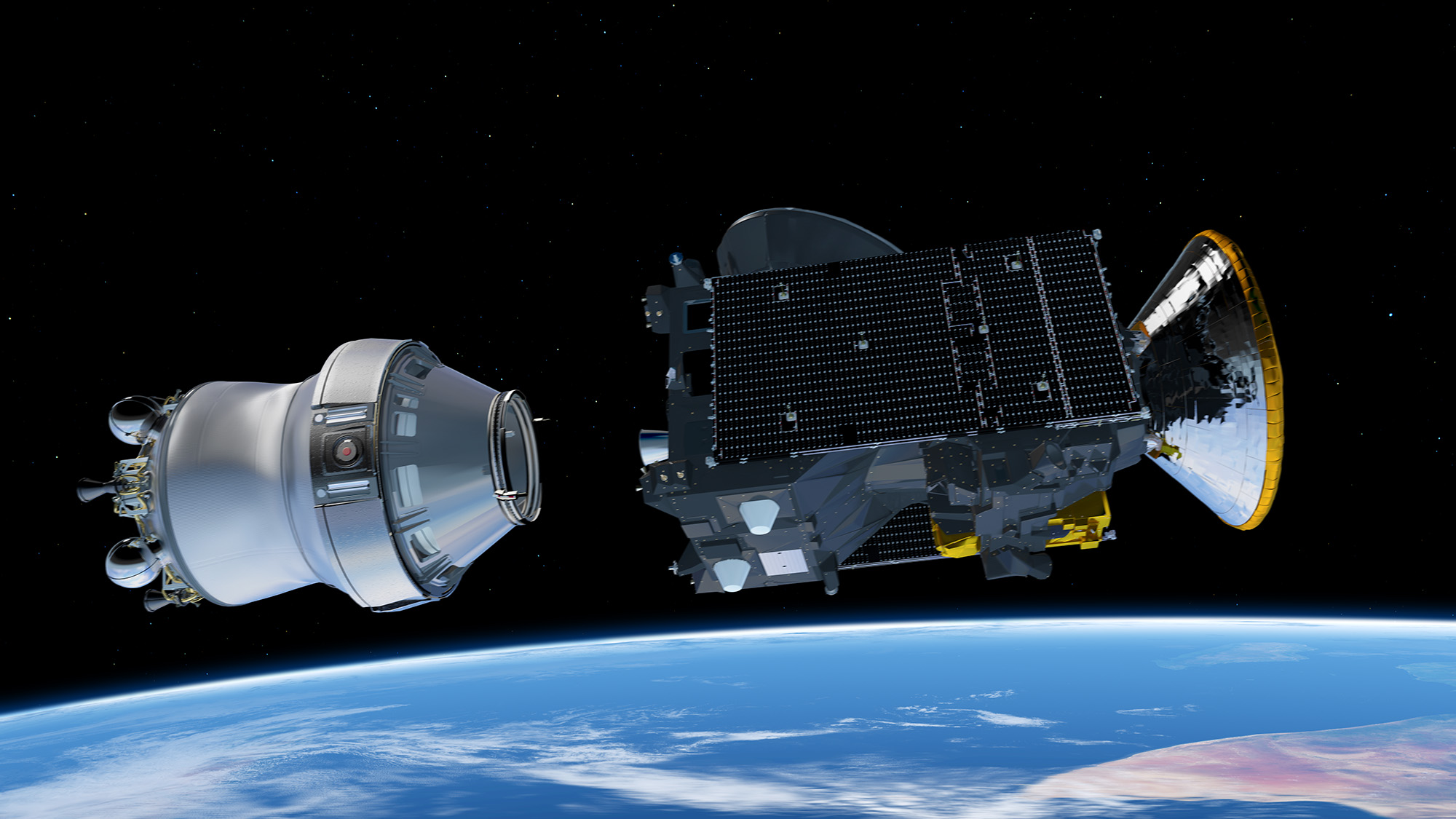
Proton rocket and ExoMars 2016 spacecraft stand vertical at the launch pad at the Baikonur cosmodrome, Kazakhstan Copyright: ESA – B. Bethge
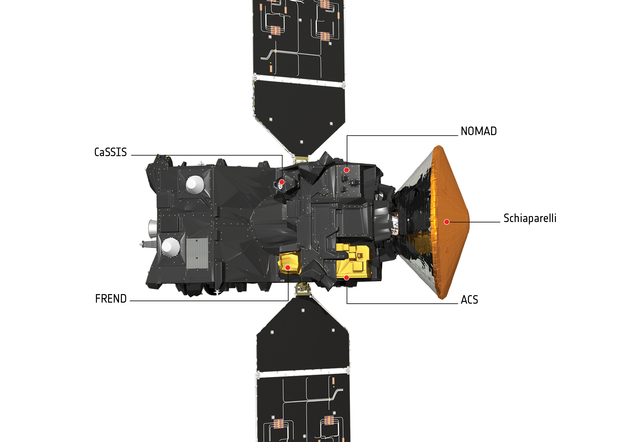
Artists concept of ExoMars spacecraft separation from Breeze fourth stage. Credit: ESA
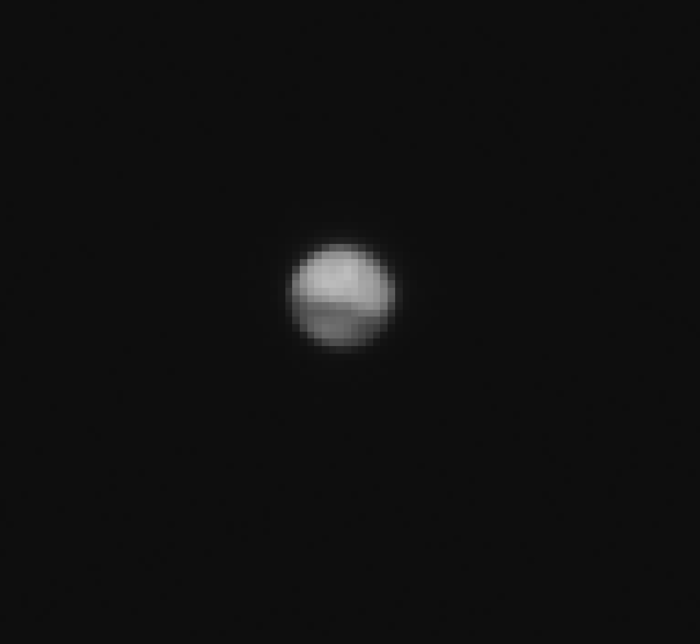
Copyright ESA/Roscosmos/ExoMars/CaSSIS/UniBE The ExoMars Trace Gas Orbiter acquired its first image of Mars on 13 June 2016 as part of its extensive instrument commissioning
en route to the Red Planet..
ExoMars 2016 arriving at Mars
Published on Feb 22, 2016 The paths of the ExoMars 2016 Trace Gas Orbiter (TGO) and the Schiaparelli entry, descent and landing
demonstrator module arriving at Mars on 19 October (right and left, respectively). The counter begins at the start
of a critical engine burn that TGO must conduct in order to enter Mars orbit.
The altitude above Mars is also indicated, showing the arrival of Schiaparelli on the surface
and the subsequent trajectory of TGO. The orbiter's initial 4-day orbit will be about 250 x 100 000 km.
Starting in December 2016, the spacecraft will perform a series of aerobraking manoeuvres to steadily lower it into a circular,
400 km orbit (not shown here). More about the ExoMars mission: Credits: ESA/ATG medialab Category Science & Technology License Standard YouTube License
Mars arrival orbits
Published on Oct 11, 2016 This animation shows the relative orbital paths of ESA's ExoMars Trace Gas Orbiter (TGO), the Schiaparelli Entry,
descent and landing Demonstrator Module and ESA's Mars Express on 19 October 2016, when TGO and Schiaparelli arrive at Mars.
At the start of the animation, TGO and Schiaparelli are shown already separated, which is set to occur at 14:42 GMT (16:42 CEST) on 16 October. The animation covers the time period between approximately 12:30 GMT (14:30 CEST) and 19:00 GMT (21:00 CEST) on 19 October,
including the expected time of Schiaparelli touch down at 14:47 GMT (16:47 CEST) and the critical, 139-min TGO orbit insertion engine burn,
ending at 15:34 GMT (17:34 CEST). At the end of the animation, TGO has been captured into Mars orbit and is seen starting its first bound orbit, expected to be highly elliptical varying from about 300 km to 96 000 km above the planet’s surface and taking 4 sols (1 sol is a Martian day, equal to 24 hours and 39 minutes) to complete one revolution. Mars Express is seen in its current polar orbit, from which it will have good visibility of the Schiaparelli module's
descent and landing starting with atmosphere entry at 14:53 GMT (16:43 CEST). Mars Express will use its lander communication system to record signals from Schiaparelli during arrival, providing a critical record of the module's descent progress, trajectory and landing. More about ExoMars: Category Science & Technology License Standard YouTube License
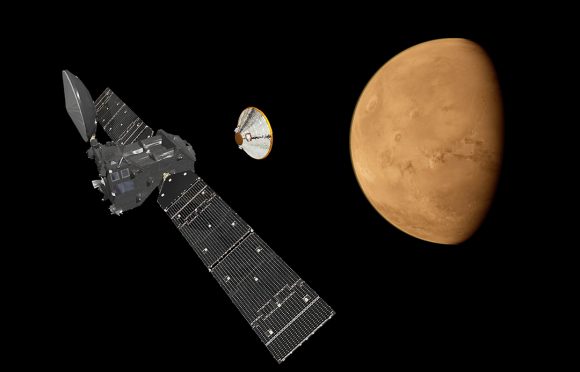
Artist’s impression depicting the separation of the ExoMars 2016 Schiaparelli lander separating from the Trace Gas Orbiter. Credit: ESA/ATG medialab
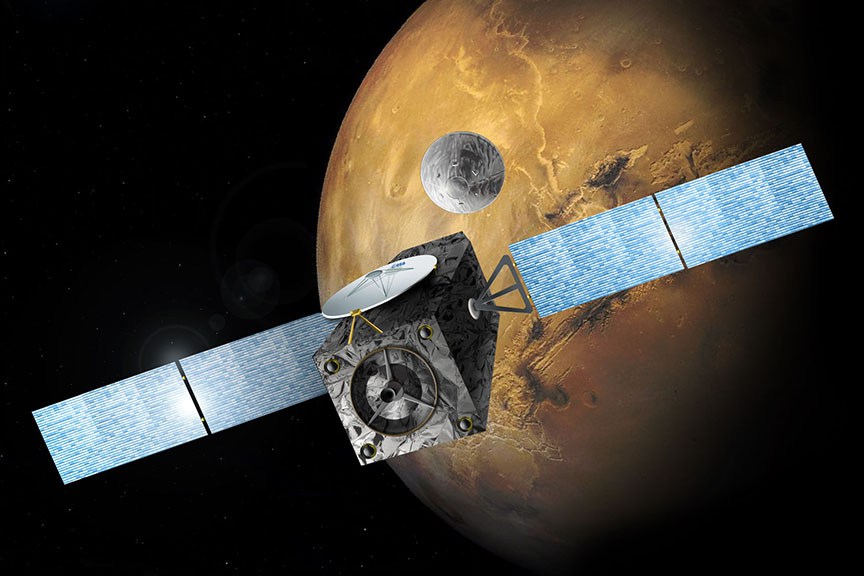
The ExoMars craft releases the Schiaparelli lander in October in this artist’s view. Credit: ESA
Schiaparelli’s descent to Mars
Published on Oct 5, 2016 Visualisation of the ExoMars Schiaparelli module entering and descending through the martian atmosphere to land on Mars. Schiaparelli will enter the atmosphere at about 21 000 km/h and in less than six minutes it will use a heatshield, a parachute and thrusters to slow its descent before touching down in the Meridiani Planum region close to the equator, absorbing the final contact with a crushable structure. The entire process will take less than six minutes: the animation has been sped up. Schiaparelli is set to separate from the Trace Gas Orbiter on 16 October, after a seven-month cruise together through space, and will enter the atmosphere on 19 October at 14:42 GMT. For an overview of the key timings and altitudes corresponding to the events portrayed in this animation see the Schiaparelli descent sequence graphic: Both Schiaparelli and the Mars scenery in this animation were computer generated. More about ExoMars: ExoMars FAQ: Category Science & Technology License Standard YouTube License
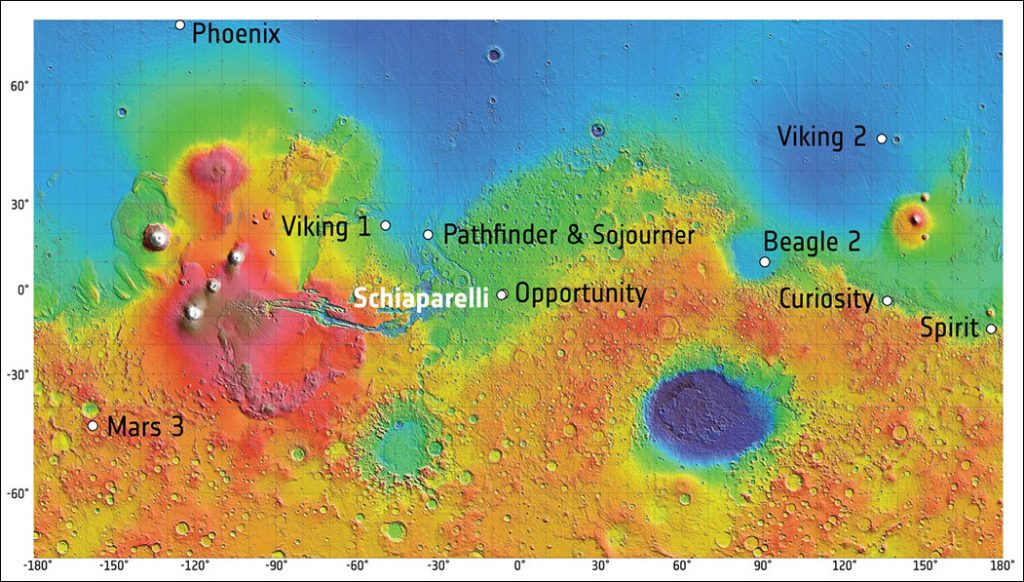
On Wednesday, October 19, the ExoMars 2016 entry, descent and landing demonstrator module, named Schiaparelli, will land on Mars in Meridiani Planum not far from the Opportunity rover. The map shows the seven rovers and landers that have reached the surface of Mars and successfully operated there. The background image is a shaded relief map of Mars created using data from NASA’s Mars Global Surveyor spacecraft.
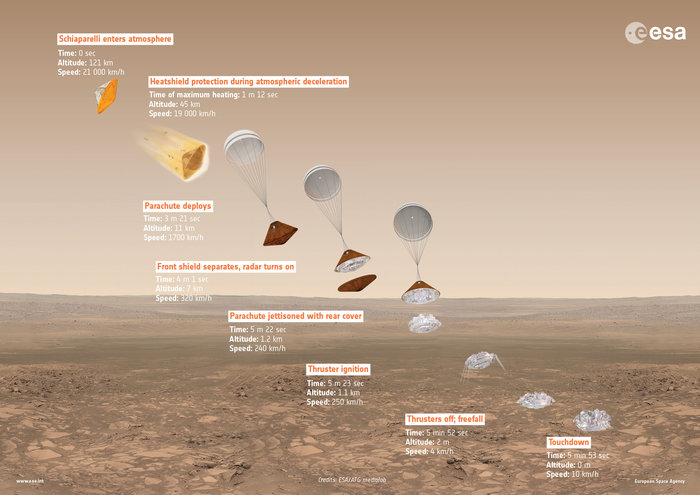
ExoMars 2016 Schiaparelli descent sequence
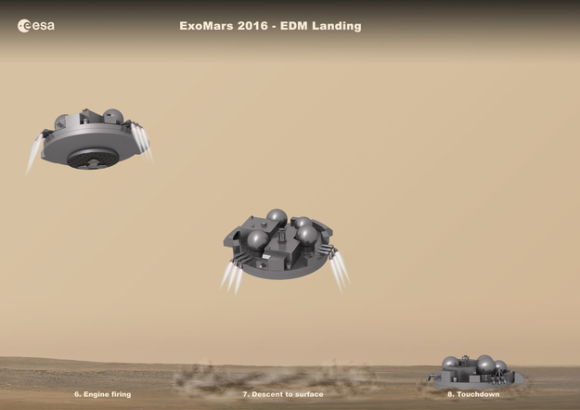
The landing sequence for the EDL Lander. Image credit: ESA
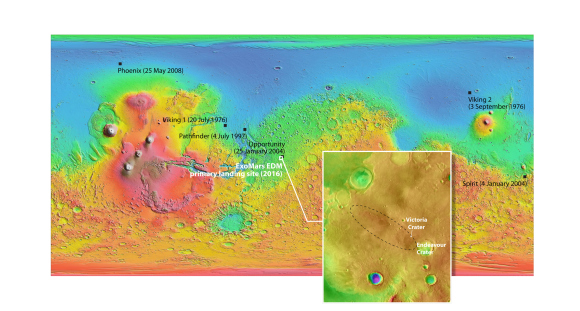
The landing ellipse for EDL. Note that its very close to the NASA rover Opportunity.
Image credit: MOLA Science Team and NASA/JPL/Arizona State University
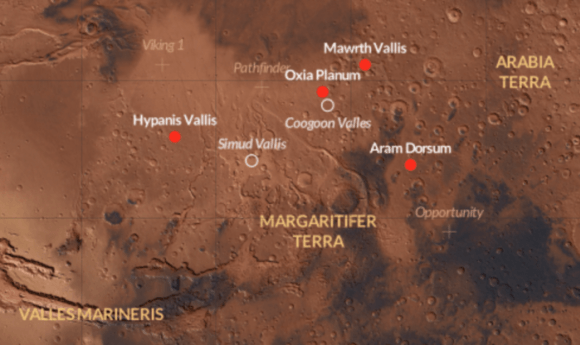
ExoMars rover 2018 landing site candidates. Credit: ESA/CartoDB.
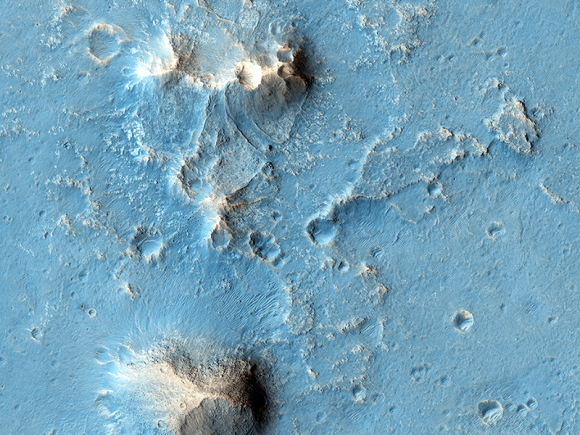
Possible future Mars landing site in Oxia Planum. Credit: NASA/JPL/University of Arizona.
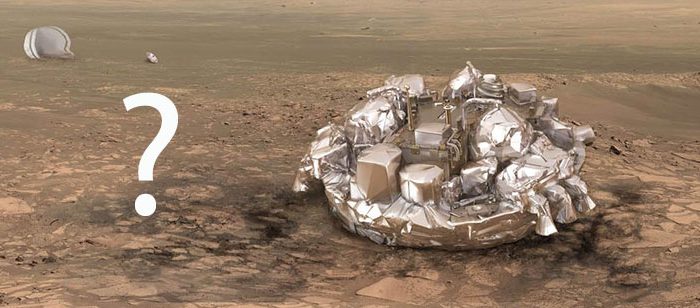
This artist's view shows the European Space Agency's Schiaparelli lander on Mars. It's unclear whether the landing was successful.
Signals were received during its descent but then suddenly cut off. Mission control is working on the data now and will have an update
on the status of the probe tomorrow morning Oct. 20.
Credit: ESA/ATG medialab

Joy in the control room when the signal from the Trace Gas Orbiter was received this morning,
signaling that the spacecraft had achieved orbit around Mars.
Credit: ESA Livestream
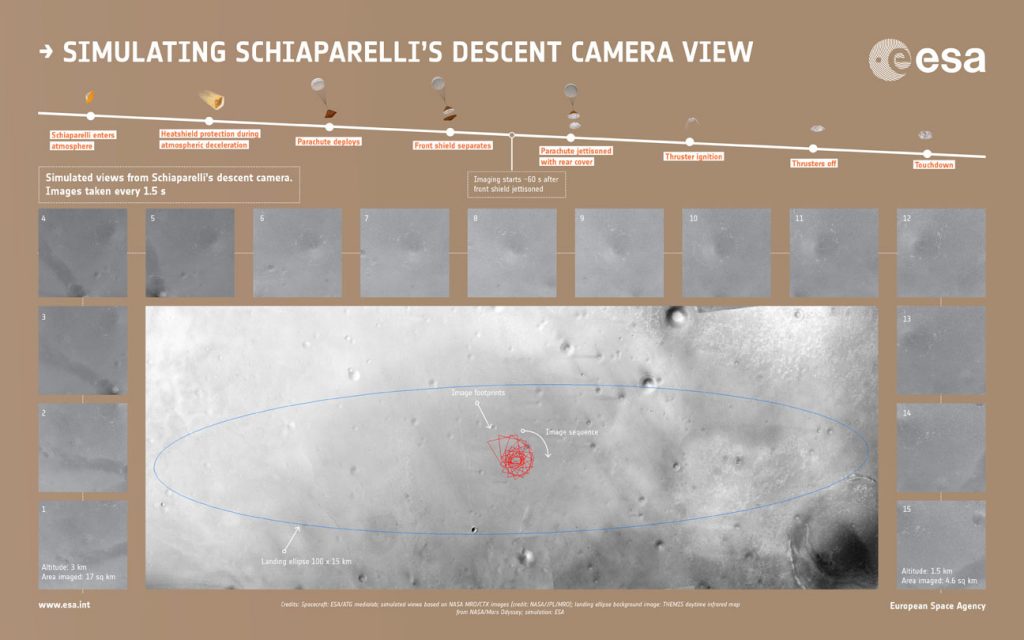
Simulated sequence of the 15 images that the descent camera Schiaparelli module should have taken
during its descent to Mars this morning. In the simulated images shown here, the first was made from 3 km up.
The camera had planned to take images every 1.5 seconds with the final image in this at ~1.5 km.
Depending on Schiaparelli’s actual descent speed, the final image may have been snapped closer to the surface.
The views were generated from images taken by NASA’s Mars Reconnaissance Orbiter of the center of Schiaparelli’s landing ellipse,
and represent the views expected at each altitude.
Copyright spacecraft: ESA/ATG medialab; simulated views from NASA images (credit: NASA/JPL/MRO);
landing ellipse background image: Mars Odyssey; simulation: ESA
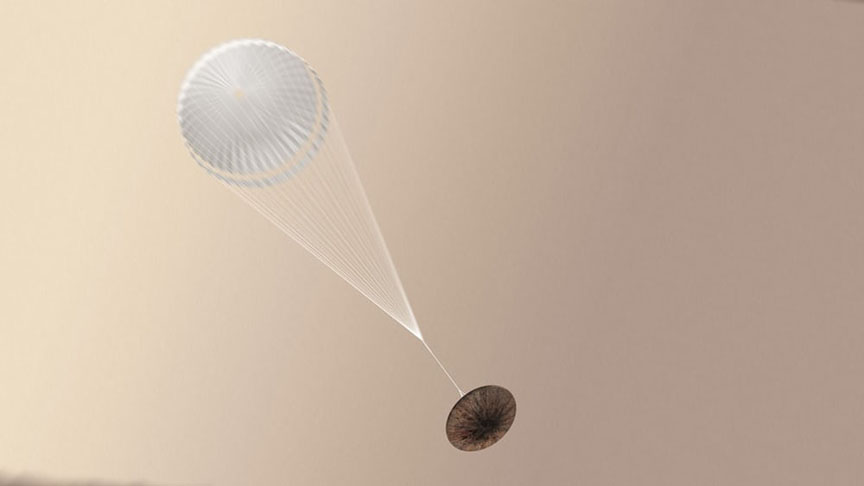
Artist’s concept of Schiaparelli deploying its parachute. The parachute may also have played a role in the crash.
It may have deployed too soon, causing the thrusters to fire too soon. The thrusters may also have simply cut out too soon after firing.
Credit: ESA
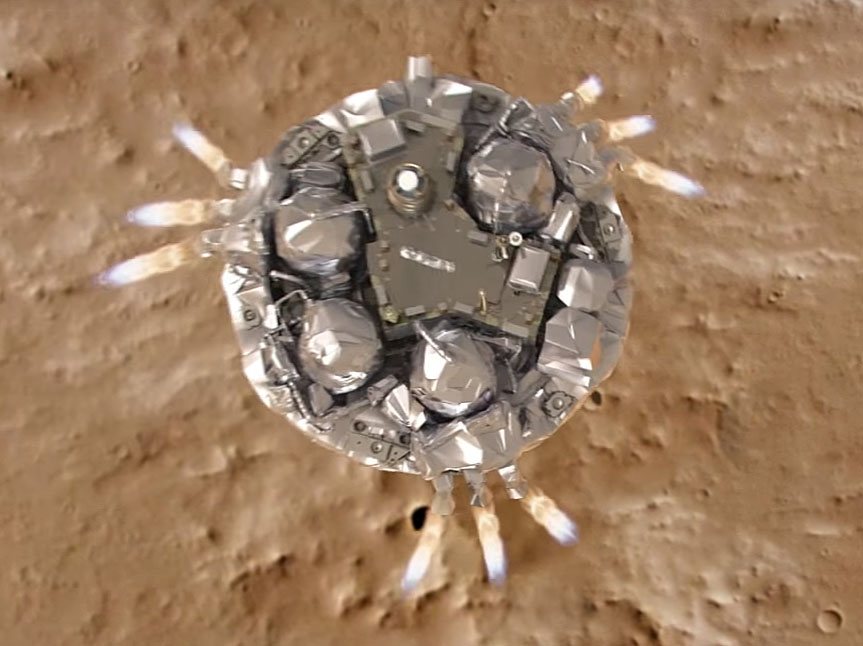
Something went wrong with Schiaparelli’s one or more sets of thrusters during the descent,
causing the lander to crash on the surface at high speed. Credit: ESA
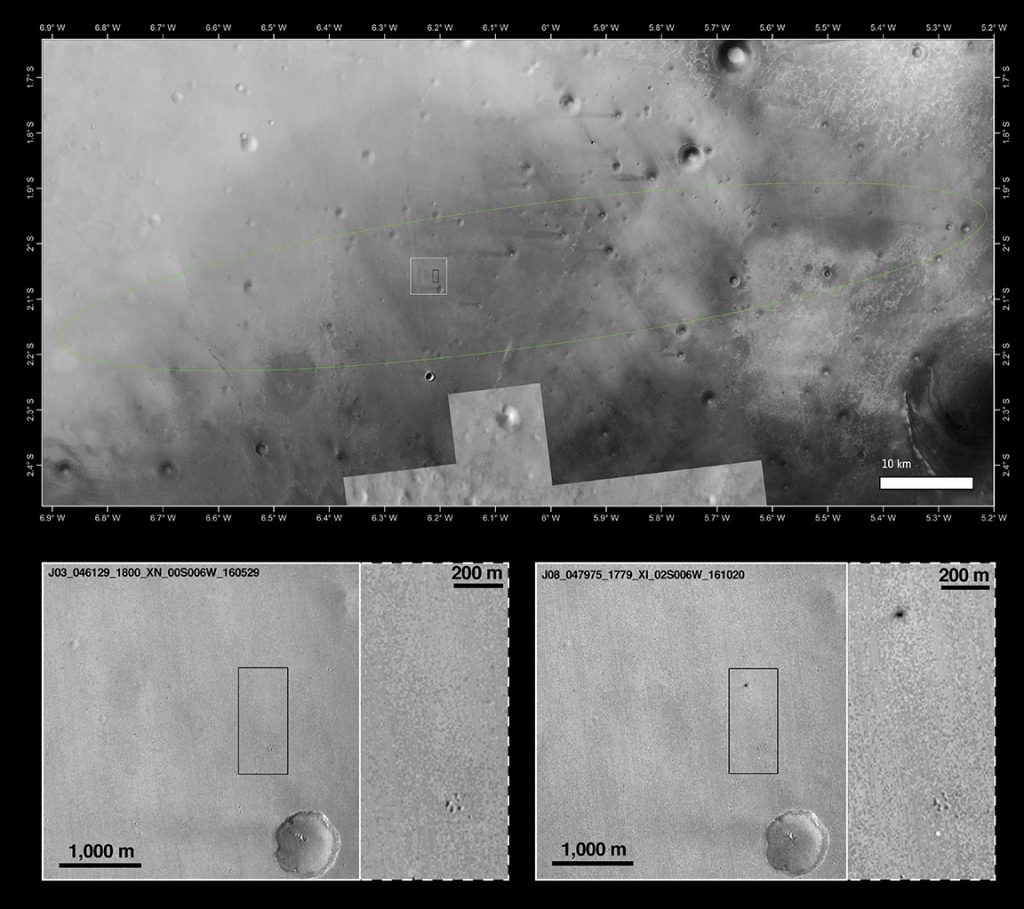
The landing site is shown within the Schiaparelli landing ellipse (top) along with before and after images below.
Copyright Main image: NASA/JPL-Caltech/MSSS, Arizona State University; inserts: NASA/JPL-Caltech/MSSS
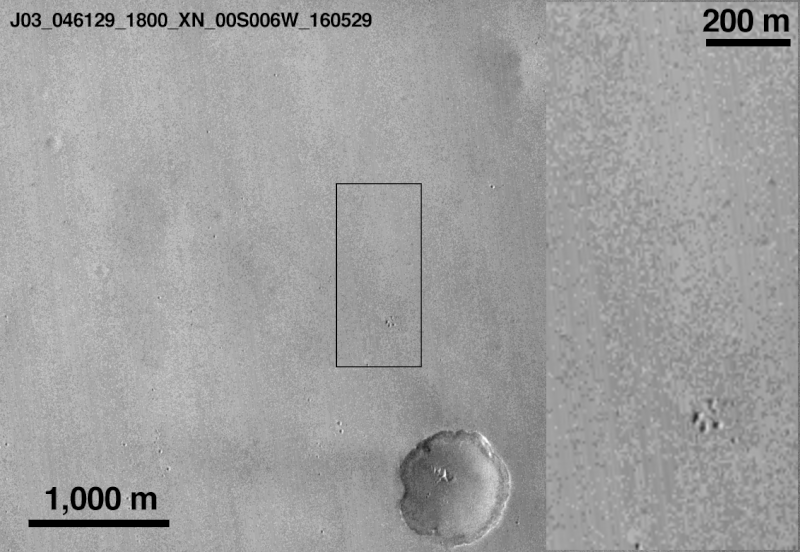
Mars Reconnaissance Orbiter view of Schiaparelli landing site before and after the lander arrived.
The images have a resolution of 6 meters per pixel and shows two new features on the surface when compared
to an image from the same camera taken in May this year. The black dot appears to be the lander impact site
and the smaller white dot below the paw-shaped cluster of craters, the parachute.
Credit: NASA
Published on Jun 30, 2015 The ExoMars spacecraft is almost complete. A joint mission between ESA and Roscosmos, it begins with the launch of the ExoMars orbiter in 2016
and carries an aerodynamically designed capsule containing a robotic lander.
Getting to Mars, landing there safely and searching for life is a huge scientific and technical challenge.
ExoMars 2016 will send back information about the Martian atmosphere and the lander’s findings. These will inform the second
part of the mission, in 2018, when a European rover will drill into the Martian surface, up to two metres down.
The rover will be trying to detect traces of organic molecules that indicate the presence of past or present life on Mars.
This video includes interviews with Jorge Vago, ExoMars Project Scientist, ESA and Pietro Baglioni, ExoMars Rover Manager, ESA.
It shows ExoMars 2016 nearing construction in its clean room at Thales Alenia Space in France and a prototype ExoMars rover in
the ExoMars test yard at ESA’s ESTEC facility in the Netherlands. Category Science & Technology License Standard YouTube License
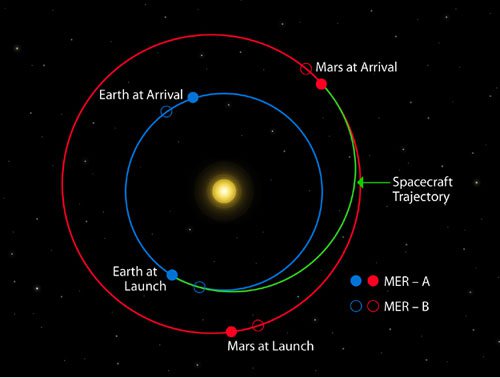
Typical Earth to Mars launch trajectories, in this case, for NASA’s twin Mars Exploration Rovers.
Image credit: NASA/JPL
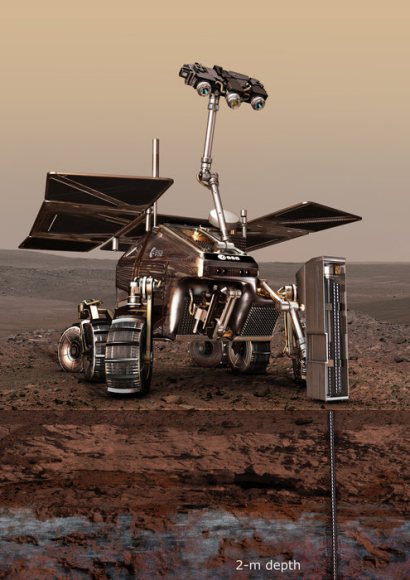
An artist’s conception of the ExoMars 2018 rover on the Red Planet. Image credit: ESA
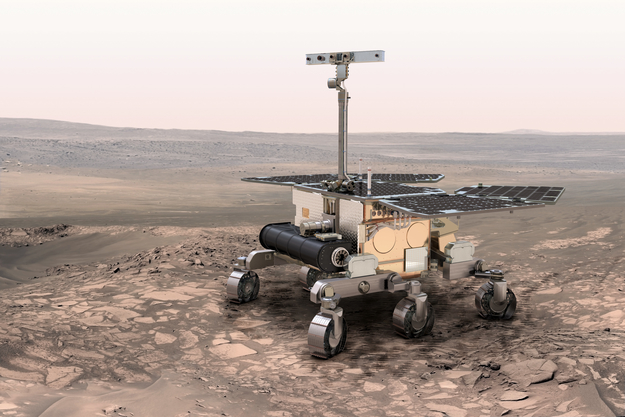
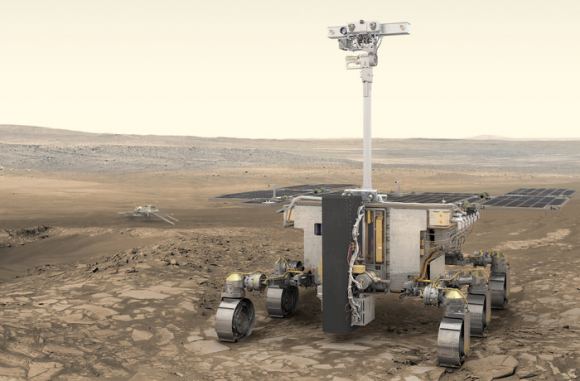
Artist’s impression of ESA’s ExoMars rover (foreground) and Russia’s stationary surface science platform (background) on the surface of Mars. Credit: ESA/ATG medialab
ESA Exomars rover launch has been rescheduled to launch two years later in 2020.
Credit:ESA
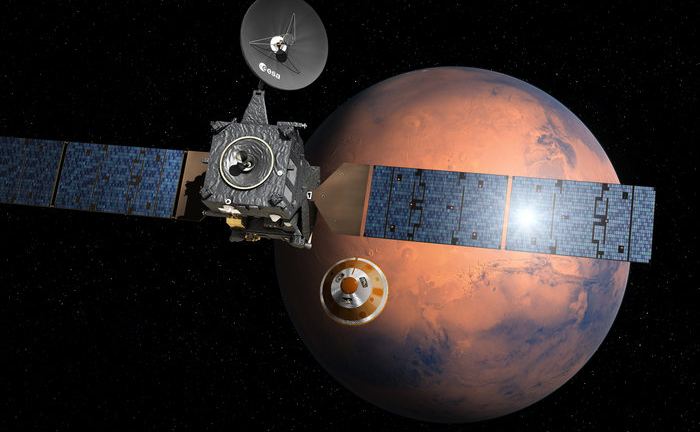
Artist’s impression depicting the separation of the ExoMars 2016 entry, descent and landing demonstrator module, named Schiaparelli, from the Trace Gas Orbiter, and heading for Mars. Credit: ESA/D. Ducros
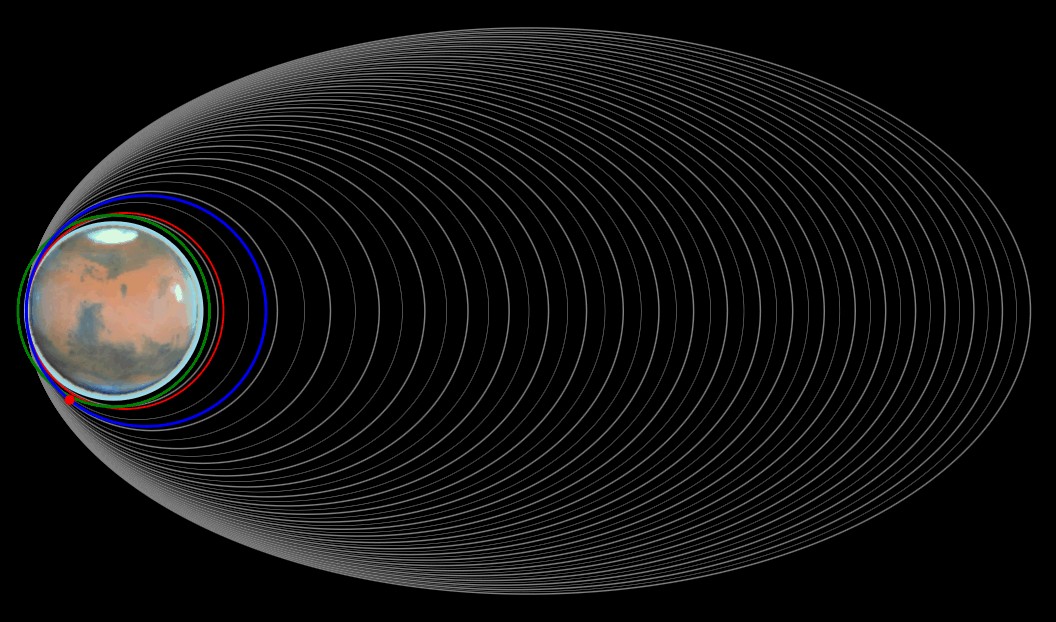
Visualization of the ExoMars mission’s Trace Gas Orbiter conducting aerobraking maneuvers to March of 2018. Credit: ESA
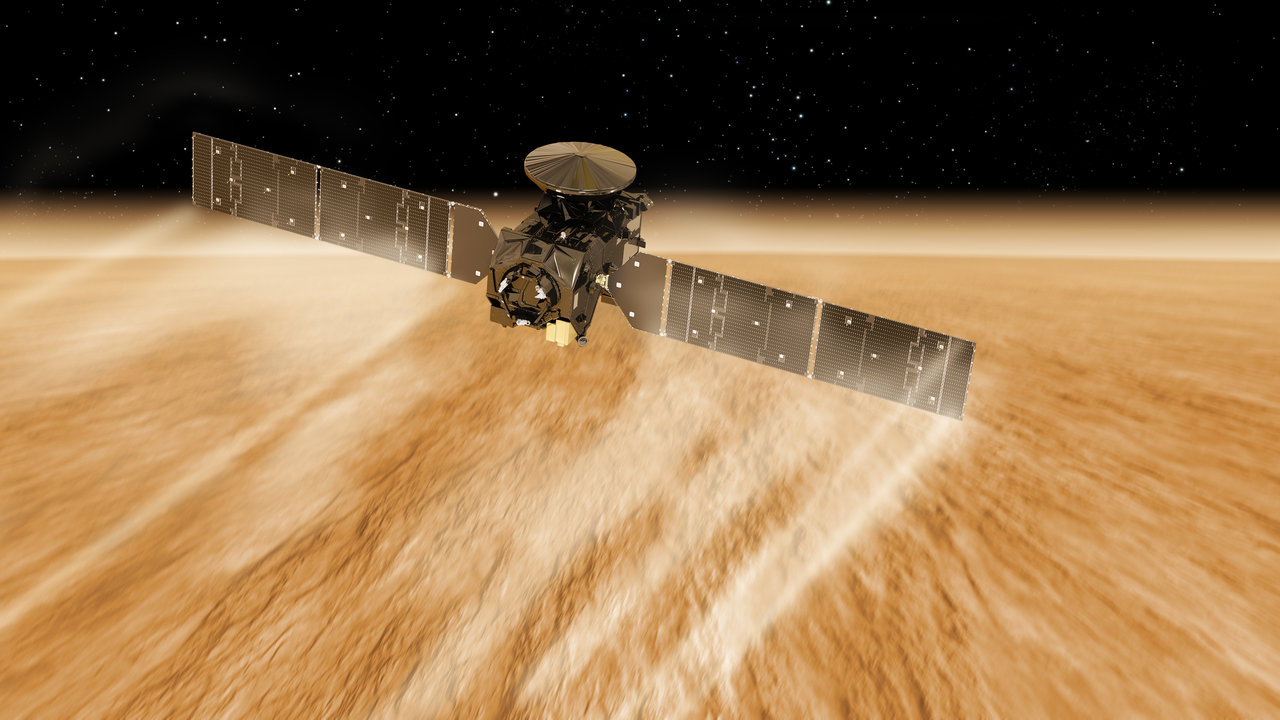
Visualization of the ExoMars Trace Gas Orbiter aerobraking at Mars. Credit: ESA/ATG medialab
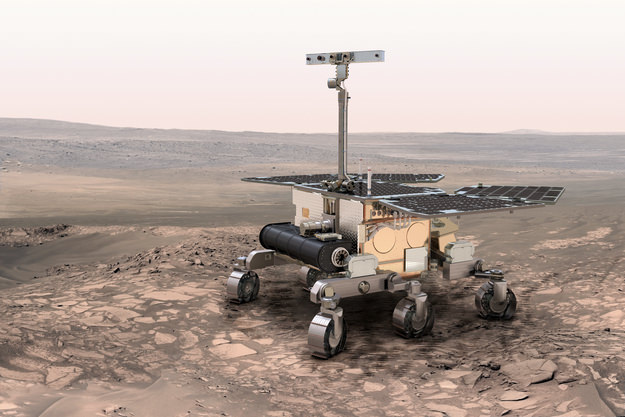
Artist’s impression of the ESA’s Exomars 2020 rover, which is expected to land on the surface of Mars by the Spring of 2o21. Credit:ESA


ExoMars images Korolev Crater. Copyright: ESA/Roscosmos/CaSSIS
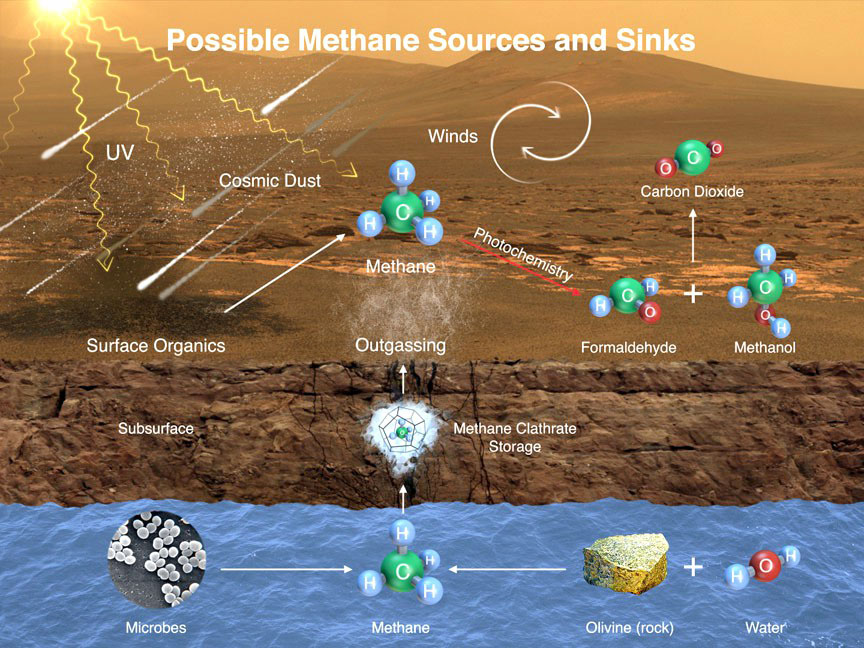
This image illustrates possible ways methane might get into Mars’ atmosphere and also be removed from it: microbes (left) under the surface that release the gas into the atmosphere, weathering of rock (right) and stored methane ice called a clathrate. Ultraviolet light can work on surface materials to produce methane as well as break it apart into other molecules (formaldehyde and methanol) to produce carbon dioxide. Credit: NASA/JPL-Caltech/SAM-GSFC/Univ. of Michigan

Simulation of wind erosion on Mars. Graphics: Mars Simulation Laboratory/AU
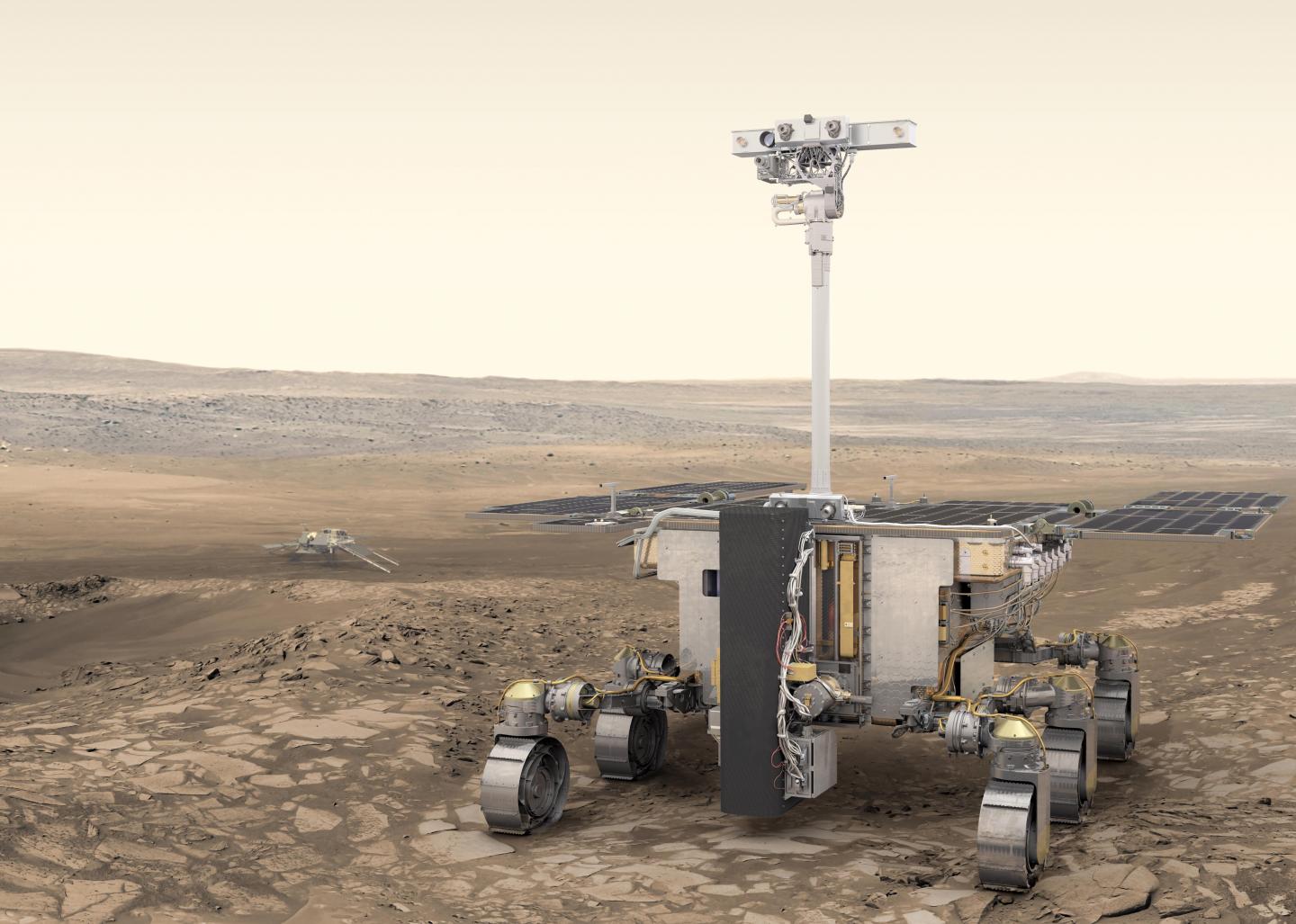
When it arrives on Mars, the ESA’s Rosalind Franklin rover will join a growing fleet of robotic rovers, landers, and orbiters dedicated to searching for life on Mars. As part of the Exomars program, this mission was a collaborative effort between the ESA and the Russian State Space Corporation (Roscosmos). Whereas the ESA would provide the rover, Roscosmos was to provide the launch services and the Kazachok lander that would deliver Rosalind Franklin to the surface.
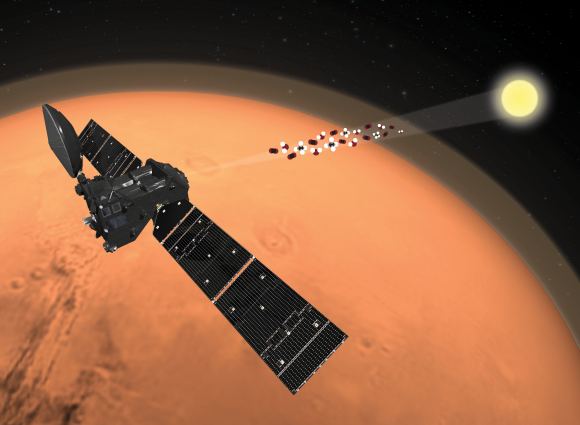
ExoMars Trace Gas Orbiter analyses the martian atmosphere. Credit: ESA/ATG medialab
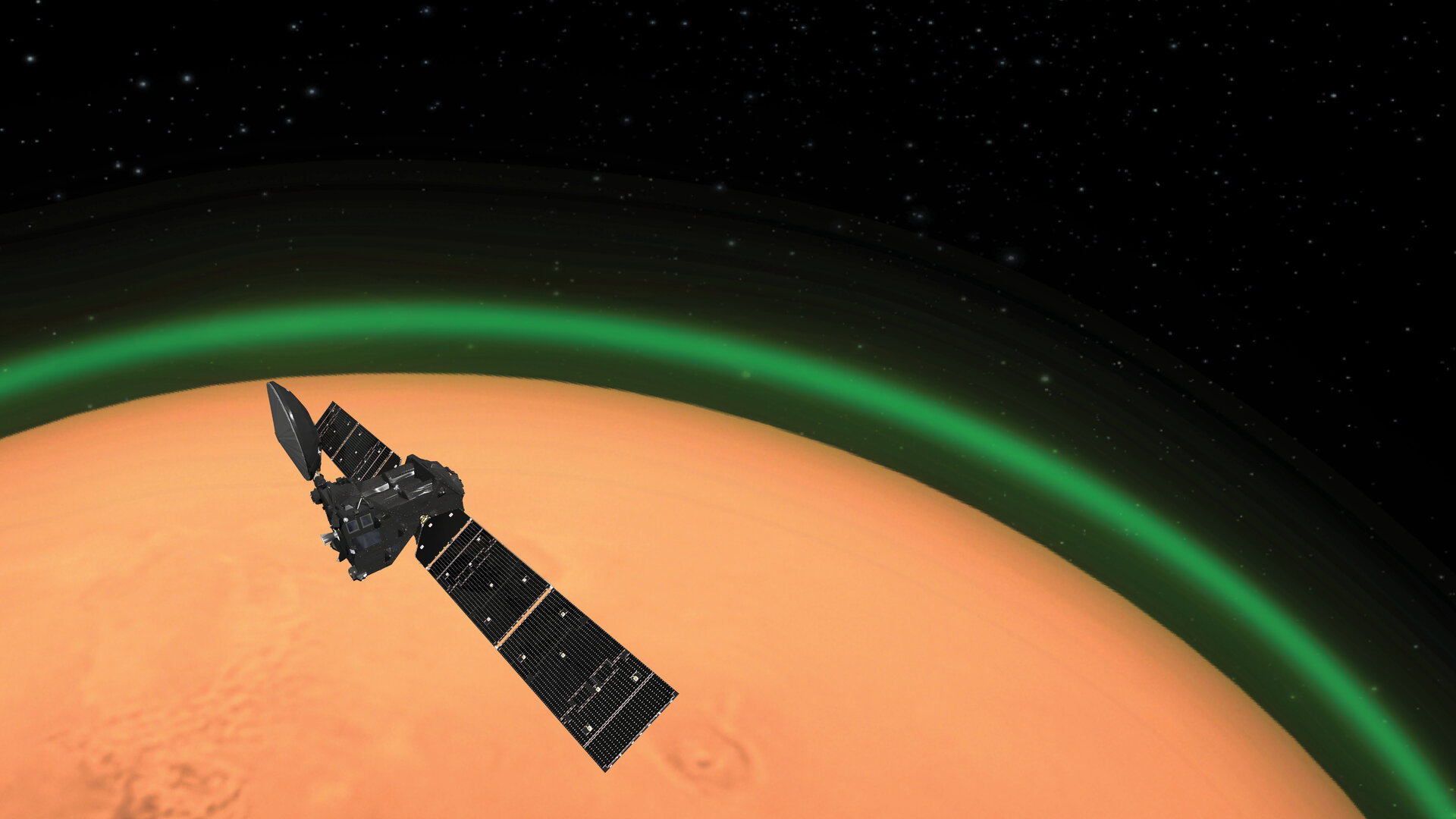
Artist's impression of the ExoMars Trace Gas orbiter spotting daylight green oxygen at Mars. Credit: ESA
The atmospheric nightglow occurs on Mars when elemental oxygen combines to form oxygen gas (O2) about 50 km (31 mi) above the planetary surface. These atoms originate on Mars’ dayside, where sunlight excites carbon dioxide molecules and causes them to split into their constituent components. When they migrate to the night side and are no longer energized by the Sun, they regroup and emit light at lower altitudes. The illumination could be bright enough to navigate by, as bright as moonlit clouds on Earth
The NOMAD experiment is led by researchers from the BIRA-IASB in collaboration with teams from Spain (IAA?CSIC), Italy (INAF?IAPS), the United Kingdom (Open University), and others. The instrument covers a spectral range from about 100 to 700 nanometers, corresponding to the near ultraviolet to red light wavelengths. It was also oriented towards the edge of the Red Planet while the TGO was orbiting at an altitude of 400 km (250 mi), allowing it to better observe the upper atmosphere on the night side of Mars.